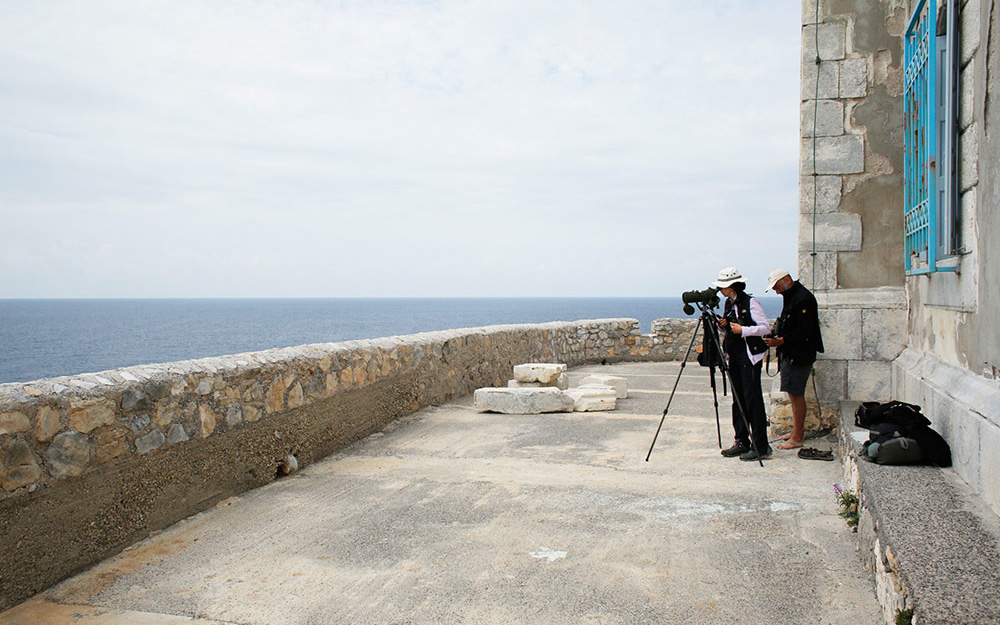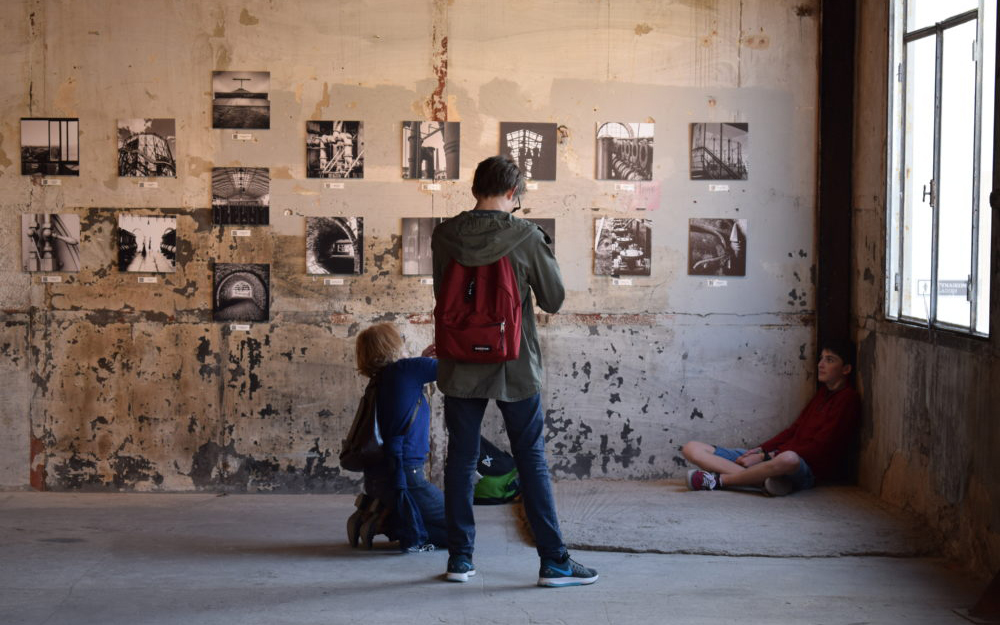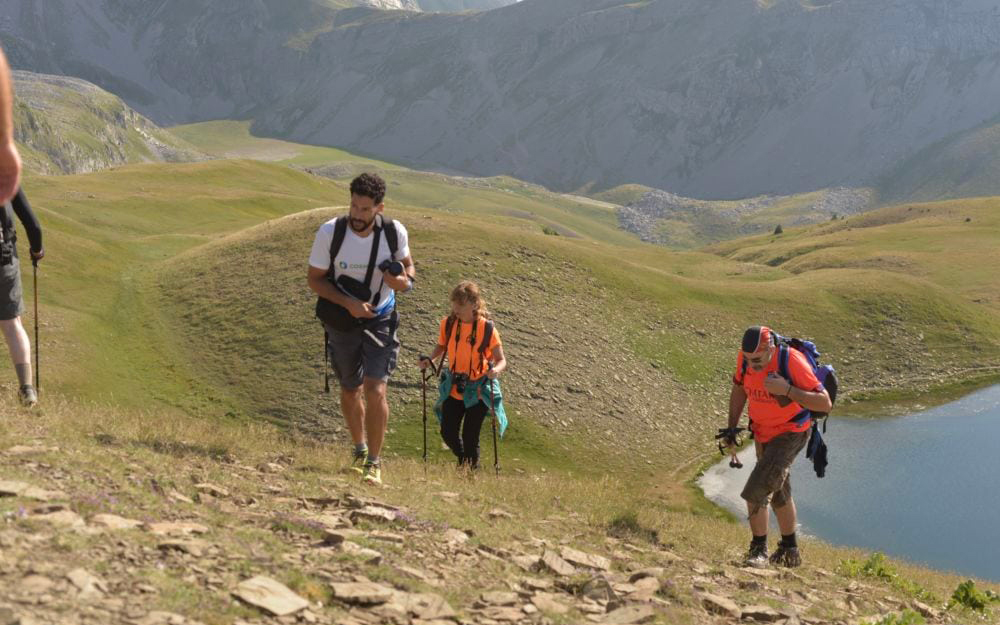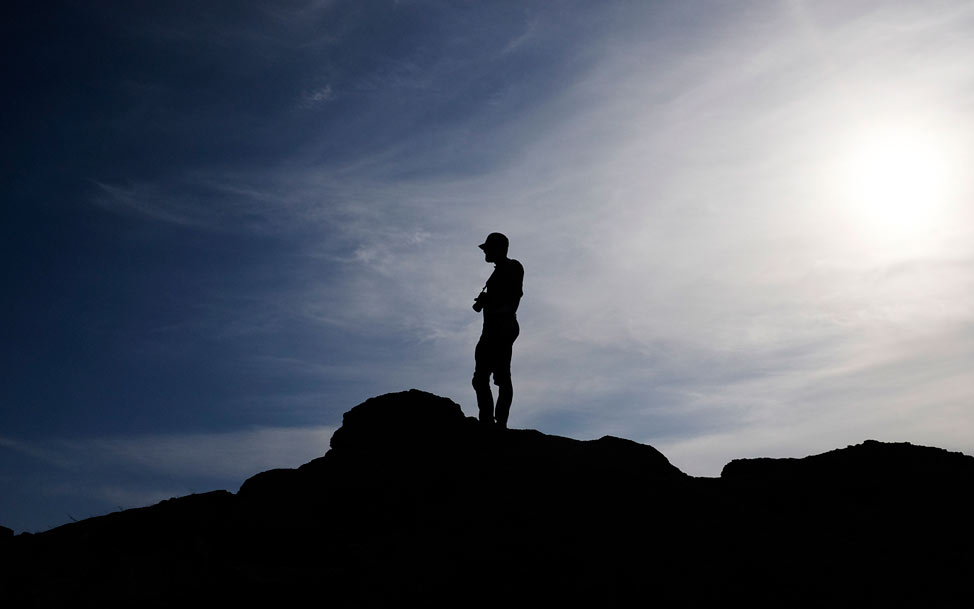Summer in Greece evokes images of picturesque islands, beaches and azure blue seas, and narrow alleyways in old towns where postcard stands share the sidewalks with restaurant menus written in English. For travelers who are looking to immerse themselves in the culture as if they were locals, there are groups offering experiences of a lifetime through activities such as photography.
In 2014, Greece Photo Workshops was founded, offering immersive tourism through group photography assignments in Athens, Meteora, the Mani and the Cycladic Islands.
“We loved the island of Tinos so much. In a discussion with a partner, we talked about what a pity it is that tourism takes place only in certain well-known spots. So we started targeting an audience that wanted to experience the real culture and the authentic way of life of a place,” says Maria Theocharopoulou, head of logistics for the company.

© Greece Photo Workshops
Even before they opened for business, Theocharopoulou was influenced by the power of working in teams. As she researched climbing tourism, and looked at how different people are connected by one goal, she remembered her love of photography and brought the idea of partnership, of trips around Greece and of taking pictures together under one conceptual roof.
Each trip is organized for groups of six to eight people and designed so that they can practice their photographic skills, acquire new ones, and visit places that other tour guides would not show them.
“We begin our trips all together because traveling is sharing,” Theocharopoulou says. “A photographer is with us, and we’re doing hands-on photography workshops. The theory is on-the-go; you learn as you take pictures. During the day, there are photo challenges. At the end of the day, our photographer edits the pictures of the participants and then we review them. In group chats, their photographs are analyzed by everyone, so they get completely objective opinions,” she explains.

© Greece Photo Workshops
Thanks to the team of Greece Photo Workshops, visitors can mingle with locals, try local foods and visit hidden spots and take pictures in landscapes not mentioned in most guidebooks, because skilled photographers have already scouted the whole country before they organize a trip.
“On Cape Tainaro, there are amazing opportunities for landscaping photography,” Theocharopoulou says. “In Kardamyli, in the Mani, you can engage in portrait photography more easily than in other places. I remember a Canadian journalist who organized her own photo trip to the island of Tinos. She arrived four days before our tour showed up, and saw some places on her own that she later saw with us. When we arrived and she joined us, she couldn’t believe how we opened the door to the culture of our country!”

© Greece Photo Workshops
Whether someone’s interested in joining one of her groups or exploring on their own, Theocharopoulou’s advice on how best to frame a picture is the same; it’s not about the techniques, the lighting or the angle as much as it is about history. Knowing the history of the place that you’re capturing with your lens is the main component for the perfect shoot, as photography means narrating a story.
“When you know the history of the place, you know what exactly you’ll capture; every element of the frame will have another kind of gravity. Photography is a diary that you want to show to people of things that you’d like to remember. Its narrative character and its importance mean that you need to know about the history of the place, because then the strength that lies underneath the story is expressed in an articulate way.”












